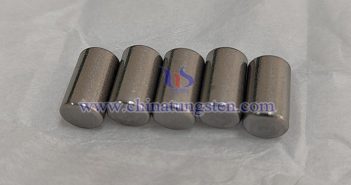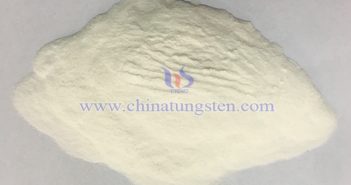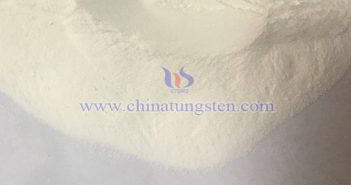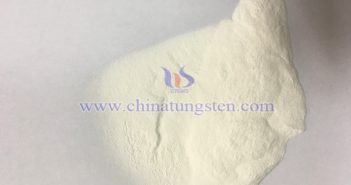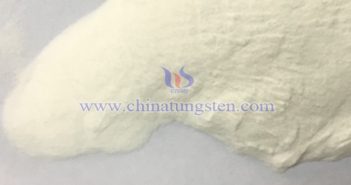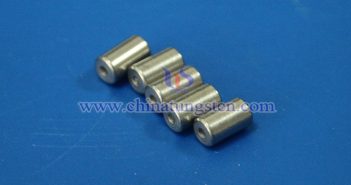
Stage lights play a crucial role in performances, not only illuminating the stage but also creating various atmospheres and effects. Among these lighting fixtures, barium tungsten electrodes are an important technical detail. So, why do stage lights use barium tungsten electrodes? Barium tungsten electrodes are made from tungsten and barium and are widely used in discharge lamps for stage lighting, such as xenon lamps or mercury vapor lamps. These lamps are commonly used in large-scale performances and events due to…

